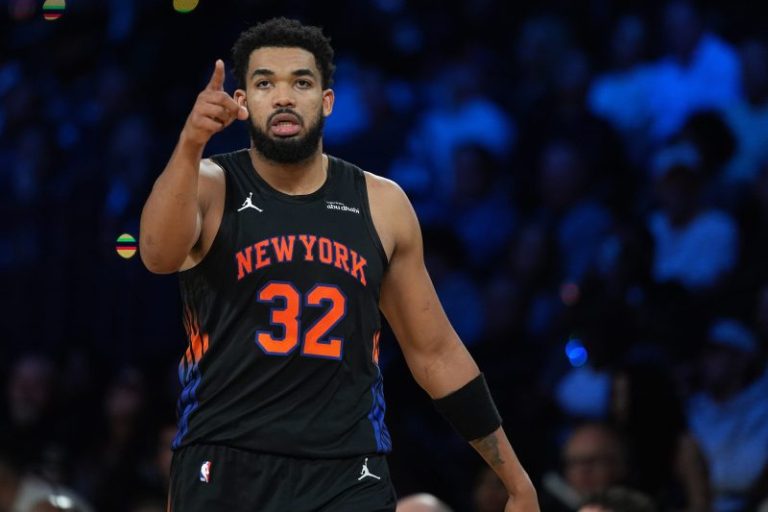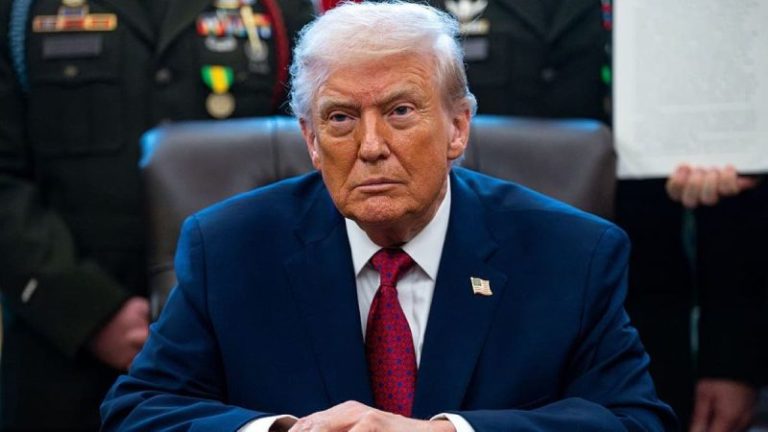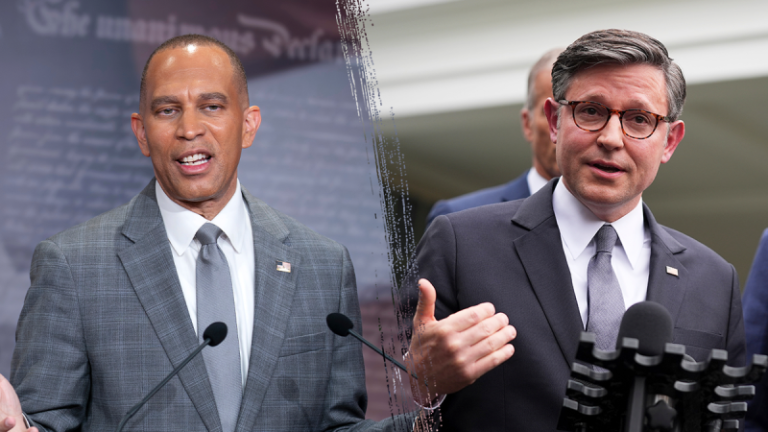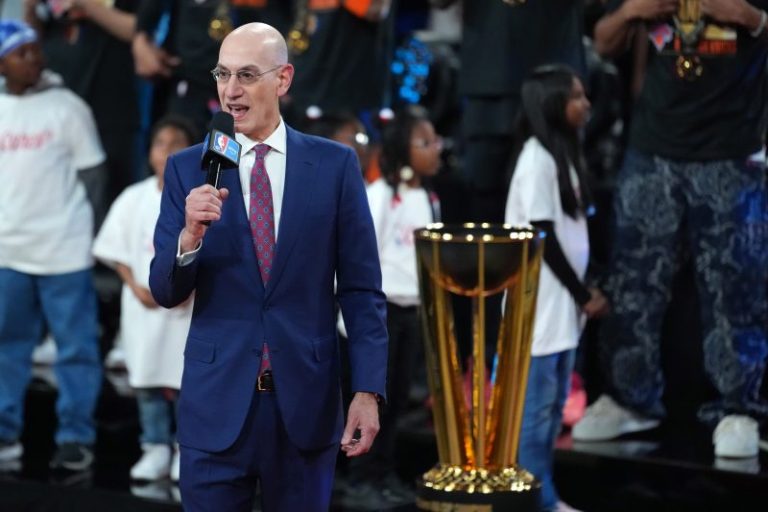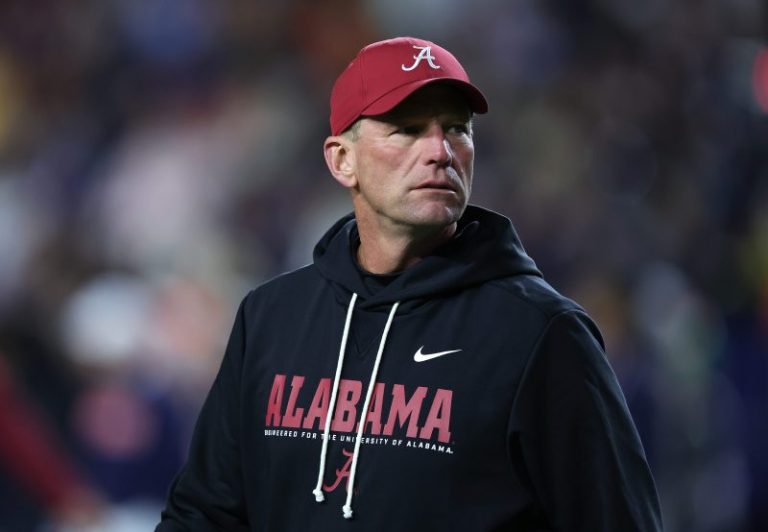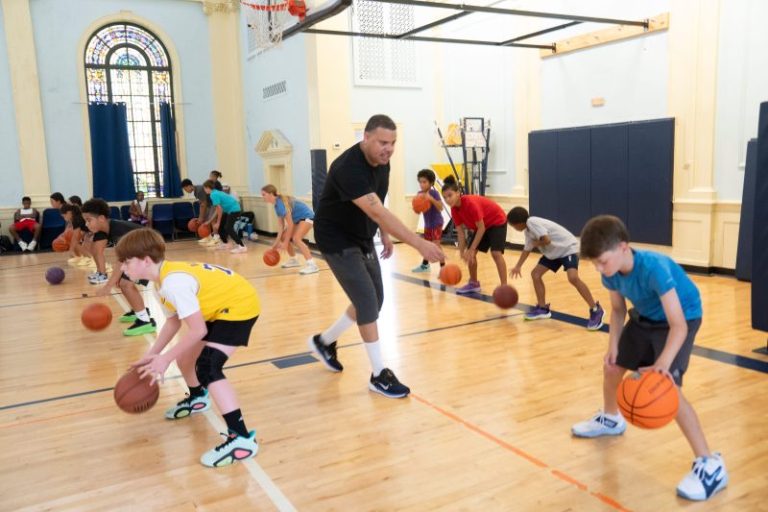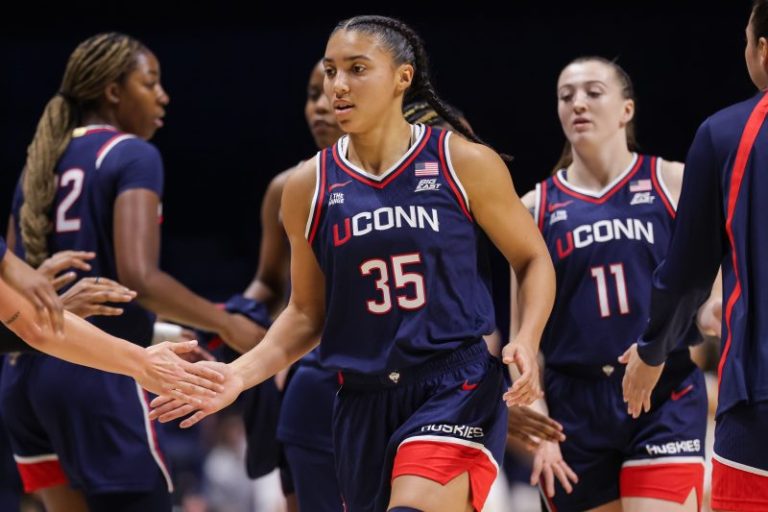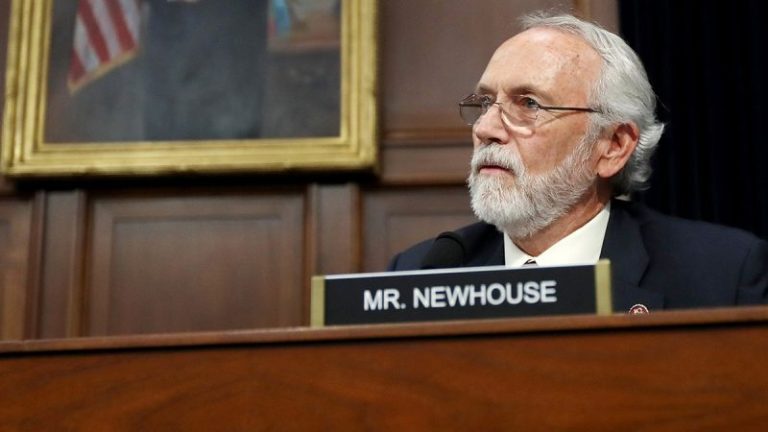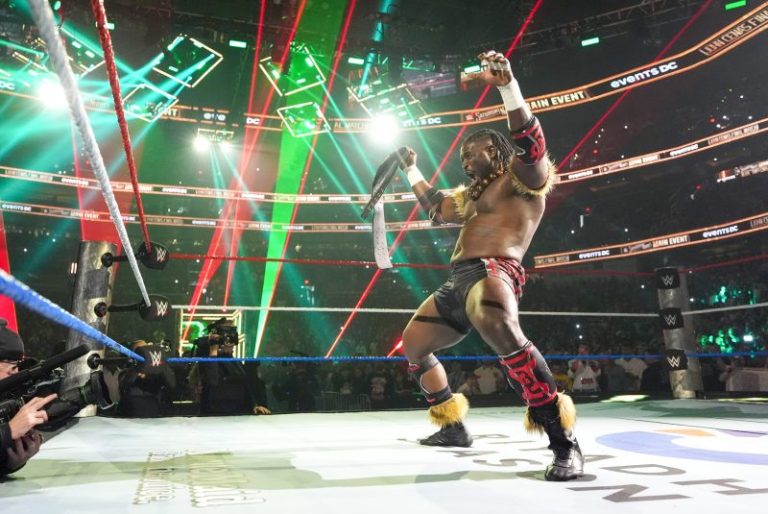The big business of youth sports has reached the U.S. Congress. A House subcommittee says it has created a “crisis” for kids and their parents.
“The youth sports industry generates more than $40 billion in annual revenue,” Rep. Kevin Kiley (R-CA), the chair of the subcommittee on Early Childhood, Elementary, and Secondary Education, said to open a hearing on Tuesday, Dec. 16, entitled “Benched: The Crisis in American Youth Sports and Its cost to Our Future.”
“But this revenue comes at a steep cost to families,” Kiley said. “Parents are told that only year-round travel teams, private coaching and early specialization will keep their child competitive and maybe even earn them a scholarship. That false promise has created a spending surge that prices out the average family while pushing kids as young as eight into high-cost, high-pressure programs that simply aren’t necessary for long term development.”
Kiley said more than 60 million kids participate in youth sports in the U.S., and he doubled down on the 63% participation target set through the Healthy People 2030 program administered by the government.
We are somewhere around 55 percent of kids ages 6 to 17, a participation rate that lags behind the pre-pandemic level of 2019 (61%).
“Public funding absolutely is crucial to making sure that we have community-based, nonprofit-based and school-based programs,” said Katherine Van Dyck, a senior legal fellow for the American Economics Liberties Project and a witness at Tuesday’s hearing. “Because when we don’t have those, what we have left is these really high-cost monopolistic entities that aren’t interested in growing their programs to make them affordable and accessible to everybody.
“They’re interested in protecting their monopoly and driving cost up. That’s why we see a $40 billion industry that is growing according to investment firms, but it’s growing as participation is going down. What does that tell us? It tells us that they are jacking up prices and that they are solely focused on profit. …
“Our children deserve better than a childhood for sale to the highest bidder.”
While experts and Congress members pushed to the national forefront many of the issues that consume sports parents, they also offered potential changes to the system. Here are some highlights of the hearing:
Why is a Congressional subcommittee saying we have a youth sports ‘crisis’?
Several statistics used by Kiley, other members of the House subcommittee on Early Childhood, Elementary, and Secondary Education, and witnesses at the hearing have been mentioned in this space.
Seventy percent of kids quit organized sports by age 13.
The average U.S. sports family spent more than $1,000 on its child’s primary sport in 2024. [Travel sports can cost families upwards of $3,000 per year or more.]
Private equity firms are helping to fuel spending, along with a feeling of pressure among parents that playing for select teams and specializing early leads to playing in college.
An increasingly fewer number of kids have access to affordable opportunities to learn important life skills and to try new things, leading to obesity and excessive screen time.
“What we are witnessing is more than a drop in sports participation,” Kiley said. “It is the loss of one of the most effective tools we have to combat rising isolation and mental health challenges in our children. When children lose regular in-person team activities, they lose daily opportunities to build confidence, belonging, and real world social connection.”
How can kids and their parents better navigate youth sports?
My personal experience with travel and club teams at the high school level is that they don’t promise you the chance to play in college as much as give the opportunity to play in front of college coaches.
While we can look at sports as an outlet for getting a scholarship and helping us to get into a college or university, we need to understand the odds and can be more realistic about our kids’ chances.
“I think parents need to begin at the end,” says John O’Sullivan, chief executive officer of the Changing the Game Project, which helps use sports as a recreational but life developmental tool. “What do you want out of sport? They want a healthy, functioning, high-character human being. Sign up for sporting programs, and find coaches and find leagues that support that mission. The purpose is to develop a great human being, and then maybe if you have the luck and the genetics, you do well. And you get a scholarship. Maybe you play it the next level, but it’s really about human development first.”
According to 2024 NCAA data, supplemented by data from the National Federation of State High School Associations, about 6% of high school athletes play collegiately (a lower percentage play Division 1), while less than 1% of NCAA athletes are drafted into a professional sport.
Perhaps filling the disconnect of perception requires us to reprioritize why we play sports.
“A kid standing over a putt, a kid about to take a penalty kick, a kid about to take a free throw that matters, those are life skills you can teach in real time,” Steve Boyle, the co-founder and executive director of 2-4-1 Sports, an organization that helps kids try out multiple sports, testified Tuesday. “I was a school counselor, and so I would always be told, ‘Hey, you gotta go in and do a lesson on anxiety, or anger management, or conflict resolution.’
“It was a heck of a lesson. You know how much impact it had? None. The next day, it was gone. We wouldn’t teach piano once and say, ‘Good luck, have at it. Now you’re good at it.’ You have to continue to teach these skills and use the opportunity of sports when those emotions are happening in real time, to say, ‘All right, this is how you can deal with this right here in a safe and fun place, so that when you’re about to road rage or lose it on somebody, you’ve developed those skills in such ways.’ Sports is the best opportunity to do that, and we miss out on so many kids if we don’t give them access to sports.”
Boyle and his wife, Kerry, started 2-4-1 Sports in 2006 after their 9-year-old daughter was told trying other sports wasn’t an option if she wanted to play for a local travel team. Still, many parents fear of missing out on such opportunities.
Kiley, the subcommittee’s chair, says he played basketball and soccer growing up. He didn’t make his high school freshman basketball team or varsity soccer team (though he played tennis) and spoke of an “inherent winnowing process in a lot of sports.”
He asked O’Sullivan, who has spent five decades as an athlete or coach to youth and collegiate athletes, how we maintain opportunities for young people of different skill levels?
“I think it’s, again, this education around what is the purpose of sport,” O’Sullivan replied. “Parents ask me all the time, ‘How does my kid make the elite team? And I think that’s the worst word in sports is ‘elite’ for little kids. We have to keep as many kids as possible, as long as possible, in the best environment possible. The countries that do it best in sport development, they keep those kids. They’re not making cuts at six or seven years old. They’re not forming competitive teams.”
STATE OF PLAY REPORT: Do immigration raids threaten the rise of youth sports?
What are some solutions to the youth sports ‘crisis?’
Van Dyck, an anti-monopoly and consumer advocate, said the 2008 financial crisis and the recession that followed proved devastating to parks and recreation budgets while COVID-19 delivered another crushing blow.
“Parks and Rec budgets were slashed, and that really did leave a void, where private equity firms came in and filled it with high cost, flashy, elite club teams,” she says. “And by filling that void, they were then able to continue to build their flywheel, where they gained control of the venues, and the governing bodies, and the apparel companies, and that flywheel also builds a moat that the community groups that my colleagues here are talking about can’t compete with. They can’t penetrate it because these private equity companies aren’t just capturing the teams and the leagues, they’re capturing the players.”
Robert “Bobby” Scott (D-VA), the ranking member of the House’s Committee on Education & Workforce – under which Kiley’s Childhood, Elementary, and Secondary Education is a subcommittee – then responded to her: “Well, it seems to me that we gotta get Parks and Rec and the public schools back involved so those opportunities are gonna be there.”
Fewer P.E. classes are being offered in U.S. schools due to budget cuts, according to Aspen Sports & Society Program’s State of Play 2025.
“My P.E. colleagues would say there’s more to physical education than just sport,” says Boyle, who played Division 1 basketball at Manhattan College. “I don’t think it has to be either/or. I think that schools can work in a way that teach fundamental sports skills so that kids have some confidence to perhaps do some sports outside of school time. I think there’s an opportunity here to create some consistency around how it’s being delivered and to recognize the value of sport.”
Tom Farrey, executive director of Aspen Sports & Society, testified Tuesday that we need to take a more deliberate look at the structure of school-based sports.
“One of the problems we have here is there’ll be 80 kids who try out for the boys’ basketball team,” he said. “And 15 will make it, and nine will get playing time, and we structurally push aside kids because of our traditional structure of school-based sports.
“But there are models out there where they’re creating multiple teams. You might have two freshman teams, or three J.V. teams. We need to move to an environment where the supply of experiences meets the demand for them. And that’s partly a function of schools rethinking their model.”
Farrey also suggested we can require all youth sports organizations to register with the U.S. Center for SafeSport and get their coaches trained in abuse prevention and pass background checks.
He also suggested redirecting federal sports betting taxes to close youth sports gaps, especially for low income youth, and educating states on ways to prioritize access to community sports.
What does the hearing mean for American sports families?
It appealed to several members of the House subcommittee, both about their own childhoods and the needs of constituents.
“In the district I represent, I have a lot of urban areas – Portland and Beaverton areas – but I also have a lot of very rural areas as well,” said Suzanne Bonamici (D-OR), the subcommittee’s ranking member. “So even with something like school bus drivers, if there’s a bus, it’s gonna take students somewhere. School bus driver employment is down 10%. What’s gonna happen for students who are hoping to engage in these extracurricular activities if they don’t have that vital transportation, especially in rural areas? Many kids are going to be left out.”
Kiley, the subcommittee chair from California, said he hoped the hearing would amplify the work within youth sports the witnesses are doing, and even institute change.
He identified a few areas “where we could see improvement.”
“One is just programmatic in terms of having more offerings for students to continue to be involved, regardless of skill level, having maybe more robust P.E. programs in schools,” he said. “The second is financial, removing the barriers to entry that have gotten just exorbitant in many communities across the country.
“The third, I think, is cultural, just trying to re-establish a culture that is supportive of play and competition, and giving kids these opportunities from an early age. I do have to say, a few witnesses mentioned the experience of COVID, where we took this opportunity away from many kids. In my state, we were the last to allow youth sports to continue again. I took part in what we called ‘let them play rallies’ with kids across our state. And that was a period where the interests of young people were not the highest priority when it came to policy, and this was one manifestation of it, and we really must never make that mistake again.
“That’s a broader issue, but on this specific issue of youth sports, I think we’ve had a lot of bipartisan agreement.”
Borelli, aka Coach Steve, has been an editor and writer with USA TODAY since 1999. He spent 10 years coaching his two sons’ baseball and basketball teams. He and his wife, Colleen, are now sports parents for two high schoolers. His Coach Steve column is posted weekly. For his past columns, click here.
This post appeared first on USA TODAY

